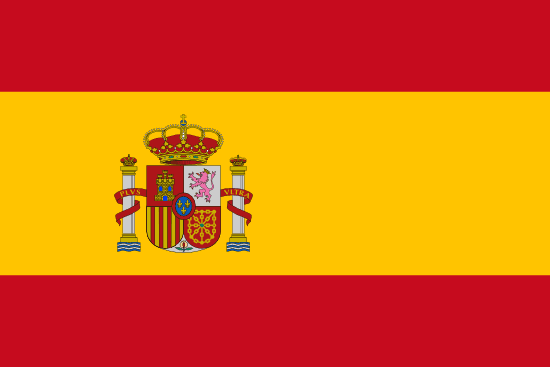"Palma, en el corazón de Mallorca | Palma, in the heart of Mallorca"
About:
Palma de Mallorca, founded by the Romans in 123 BC, has a rich history marked by various cultural influences. It was ruled by the Byzantine Empire, Moors, and James I of Aragon. In the 16th century, it faced a decline due to plague and pirate attacks. The 18th-19th centuries saw a resurgence with the introduction of industries. In the 20th century, tourism boosted its economy. Today, it's the capital of the Balearic Islands, known for its historic sites, beaches, and vibrant culture.
When to visit:
Palma de Mallorca, the capital city of the Balearic Islands in Spain, is a popular tourist destination known for its stunning architecture, vibrant culture, and beautiful beaches. The best time to visit Palma de Mallorca is during the shoulder seasons of spring (April-May) and fall (September-October) when the weather is mild, and the crowds are fewer. Summer (June-August) is peak tourist season, with high temperatures and crowded beaches, so visitors may want to avoid this time if they prefer a more relaxed experience. Winter (November-March) in Palma de Mallorca is mild, but many tourist attractions and restaurants may have reduced hours or be closed, so it may not be the ideal time for a holiday visit.
When to avoid:
The worst time to travel to Palma de Mallorca on a holiday is during the peak summer months of July and August. These months experience scorching temperatures, overcrowded beaches, and high prices for accommodations. Additionally, these months coincide with the peak tourist season, resulting in long lines at popular attractions and congested streets. Travelers looking to avoid the crowds and heat may want to consider visiting during the shoulder seasons of spring or fall for a more pleasant experience in Palma de Mallorca.
Winter (Dec-Feb)
The wettest period in Palma De Mallorca is from October to January. During this time, temperatures range from 8°C to 15°C. Rainfall is at its peak in October, averaging 63mm. Sunlight hours decrease to about 5-6 hours per day, with cloud cover increasing. The skies are often overcast, but the rain is typically light and intermittent, not enough to disrupt outdoor activities. An average day for a visitor may involve light drizzles, overcast skies, and cool temperatures, making it perfect for indoor activities or exploring the city's historical sites.
"Summer (June-August)"
The warmest part of the year in Palma de Mallorca, Spain, typically spans from June to September, with July and August being the hottest months. During this period, temperatures average around 28-31°C (82-88°F), but can peak up to 35°C (95°F). Rainfall is relatively low, averaging about 10mm in July and August, which are the driest months.
Sunlight is abundant during this period with up to 11 hours of daylight each day. The humidity is moderately high, averaging around 70%, but the sea breeze often provides a refreshing counterbalance. Cloudiness is generally low, ensuring plenty of sunny, clear blue skies.
A typical day for a visitor in Palma de Mallorca during the warmest part of the year would involve a warm, sunny morning perfect for a stroll or a trip to the beach. The afternoons can be quite hot, so many visitors choose this time for a siesta or a leisurely lunch in the shade. Evenings are warm and pleasant, ideal for enjoying alfresco dining or a late-night walk along the beach.
Language:
Catalan and Spanish are the two most commonly spoken languages in Palma de Mallorca. Catalan, specifically the Balearic dialect, is the co-official language of the Balearic Islands, along with Spanish. While Spanish is widely understood and spoken, efforts have been made to promote and protect the use of Catalan in the region. English and German are also frequently heard due to tourism.




